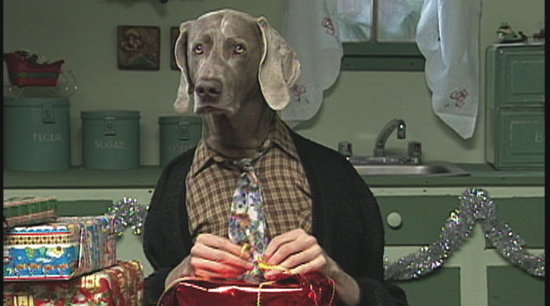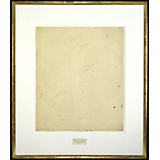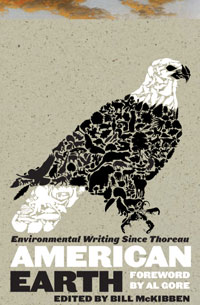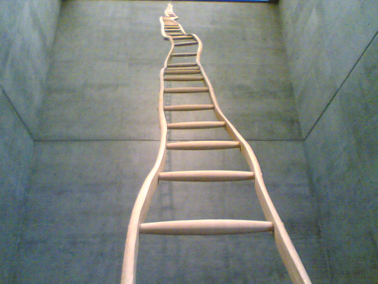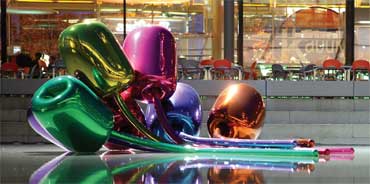 Does Art Scatter exist? Not, I-post-therefore-I-am exist, exactly, but “exist” as in having an “integrated personality”? I didn’t think so. We don’t think so. Whatever. But if we did, you know, have an identity, a consciousness we could train at will on the world at large, like a great searchlight or the Eye of Sauron in Lord of the Rings, what would it be seeking? If we were a wiretap what would we be recording? What info would we pressuring or snitches to reveal? See? It’s a lucky thing we aren’t Art Focus or something like that. We’d be part of the Apparatus, too.
Does Art Scatter exist? Not, I-post-therefore-I-am exist, exactly, but “exist” as in having an “integrated personality”? I didn’t think so. We don’t think so. Whatever. But if we did, you know, have an identity, a consciousness we could train at will on the world at large, like a great searchlight or the Eye of Sauron in Lord of the Rings, what would it be seeking? If we were a wiretap what would we be recording? What info would we pressuring or snitches to reveal? See? It’s a lucky thing we aren’t Art Focus or something like that. We’d be part of the Apparatus, too.
1. The proto-scatter man Lloyd Reynolds (1902-1978) changed life in Portland for good and all. Bob Hicks, our own proto-scatter man, encounters the polymath in an excellent (if we DO say so) Oregonian story. The story sets up Welcome to the Scriptorium, an exhibition and remembrance of the calligrapher (and so much more) at the First Unitarian Church (SW 12th and Salmon) at 3 p.m. Sunday. Details at the Oregon Cultural Heritage Commission site. Cheers, OCHC!
2. One of the speakers at the Reynolds event will be Margot Voorhies Thompson, who is showing recent paintings, drawings, fiber work and sculpture at the Laura Russo Gallery. As Mr. Hicks suggests, Thompson started studying with Reynolds when she was 14, and calligraphy has informed her art from the beginning. This is a glib way of saying that when she makes a mark it’s an aware mark. You can see for yourself. And we may well be talking about things alphabetical in future posts.
3. Our thoughts are still with Chris Rauschenberg on the passing of his father earlier this week. We recommend a visit to Blue Sky Gallery, to which Rauschenbergs father and son have committed vast time and resources. You’ll find Stephen Berkman’s photographic and sculptural play with pre-chemical photographic processes, a description that can’t begin to explain how weird the show is. Yikes!
 4. Once inside Blue Sky you’ll stumble into the embedded Nine Gallery, which features an installation by Paul Sutinen. Port’s Jeff Jahn has a fine description of Sutinen’s work, which manages to be simple, poetic and thought-provoking all at the same time.
4. Once inside Blue Sky you’ll stumble into the embedded Nine Gallery, which features an installation by Paul Sutinen. Port’s Jeff Jahn has a fine description of Sutinen’s work, which manages to be simple, poetic and thought-provoking all at the same time.
5. While you’re out gallery-popping? Judy Cooke at Elizabeth Leach and Nell Warren at PDX Gallery caught the Eye — Cooke for her sustained, intense intelligence and Warren for her dreamy whimsy.
6. Stop!
